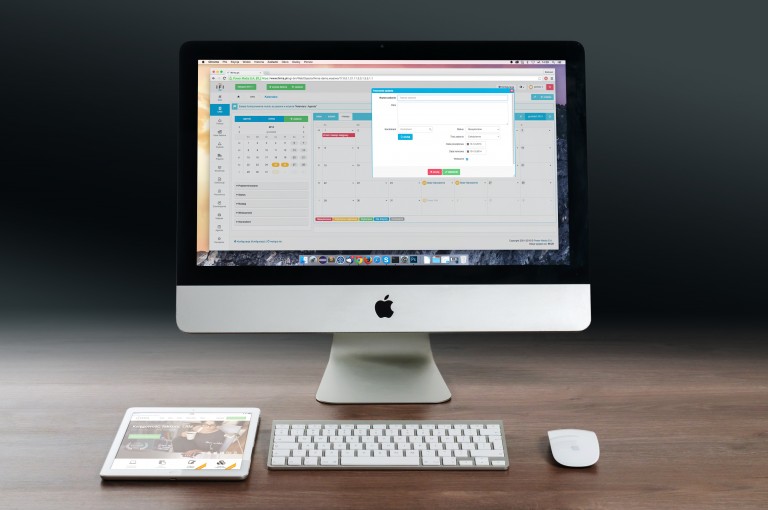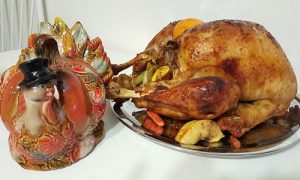Today is Mom and Pop Business Owners Day. If you’re looking to do some timely reporting on the small businesses in your area, the Census Bureau offers resources that can help.
1. The 2012 Survey of Small Business Owners
This census survey contains data about small businesses and the characteristics of their owners. Using it, you can break down business ownership in your area according to gender, ethnicity and veteran status.
2. Statistics Regarding Small Business Classification
How does a business get classified as a small business? Each industry has an NAICS code. The Small Business Administration, not the Census Bureau, defines how small a business needs to be to be considered a “small business” within that industry. The criteria for small business size is unique to each industry and based on either the number of employees or millions of dollars in receipts.
3. American FactFinder Resources
The census defines “nonemployers” as self-employed individuals who own microbusinesses with no employees. For these entrepreneurs, their business may be their sole employment or just a side hustle. While these businesses form a majority of entities, they contribute a small fraction of business revenues. American Fact Finder offers statistics about these nonemployer businesses, such as their legal form of organization, annual receipts and more.
4. Statistics of U.S. Businesses
Find out the annual payroll of small businesses in your area by using the Statistics of U.S. Businesses (SUSB).
5. Census Business Builder: Small Business Edition
Census Bureau data isn’t just useful for journalists; it’s also helpful to potential business owners. The Census Bureau has created a tool for potential business owners to research their business and determine the best location for it before they start up. Would-be entrepreneurs can fill out information about their prospective business, and the tool will return an interactive map with information about their potential customer base. For instance, see the population of the area the business is planned for and learn about similar businesses and consumer spending in the area. Of course, journalists can also use this tool to see the economic outlook for certain types of businesses in their regions.











